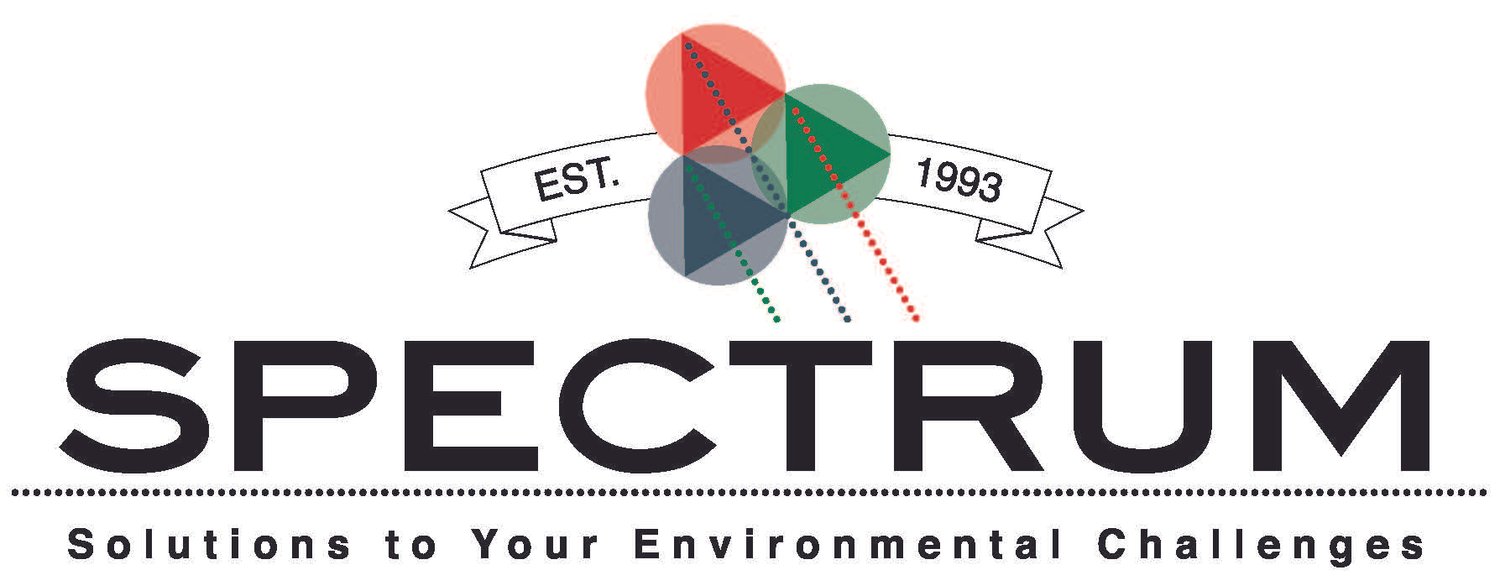What To Expect During A Phase II ESA
You’ve recently commissioned a Phase I Environmental Site Assessment on a commercial property that you are planning on purchasing or selling, and the environmental consulting firm has identified one or more environmental concerns that could potentially affect your real estate transaction. More information is needed before this real estate transaction is closed…so what’s the next step needed to protect everyone’s interests?
The next step should be for you to contact an environmental consulting firm such as Spectrum Environmental Services and request a Phase II Environmental Site Assessment.
A Phase II Environmental Site Assessment (ESA) is a comprehensive investigation conducted to assess potential contamination at a property. Here's what you can generally expect during a Phase II ESA:
Your environmental consulting firm will conduct a thorough site history review to gather information about the property’s past and current uses, as well as any information on known environmental issues with the property. You can also expect to participate in a discussion with your consultant to identify environmental regulations and guidelines that must be followed during the Phase II ESA.
After the initial consultation, the environmental consulting firm will gather samples from the property for analysis to determine the presence of contaminants. Depending on the nature of the potential concerns, they may collect the following types of samples:
Soil samples: samples from various depths may be taken to determine whether heavy metals, hydrocarbons, or other hazardous chemicals are present.
Groundwater samples: if groundwater contamination is present, wells may be installed to monitor groundwater quality.
Surface water and sediment samples: water and sediment samples may be collected from nearby bodies of water.
Indoor air quality samples: indoor air quality may be checked if there is a potential for vapor intrusion into buildings.
Samples collected during the investigation will be sent to accredited laboratories for analysis to determine the presence and concentration of any contaminants. The results will then compared to regulatory standards to determine the level of contamination and identify any risks to health and safety, the environment, or the planned use of the property.
After all sampling and analysis is complete, the environmental consulting firm will generate a comprehensive Phase II ESA report. This report typically includes all findings, data, laboratory results, and interpretations. If environmental contaminants or risks are found, the report may also include a discussion of potential remediation options, which could range from excavation and disposal of contaminated soil to implementing engineering controls or institutional controls to remove or mitigate the environmental concerns.
The completed Phase II ESA report will then be presented to you. Key results of the Phase II ESA will be discussed, and recommendations will be made based on the findings. Decisions regarding further investigation or remediation are typically made at this stage. Depending on the findings of the ESA, additional investigation, sampling, and testing activities may be needed to develop a remediation plan for any environmental contaminants.
It is important to note that the specific details of a Phase II ESA can vary based on the property, the nature of potential contaminants, and applicable regulations. Consulting with an environmental consulting firm such as Spectrum Environmental Services is essential to ensure that the assessment is conducted effectively and in compliance with all federal, state, and local regulatory requirements. Additionally, the results of a Phase II ESA can have significant implications for property transactions, development, and liability, so it is crucial to understand and address any identified environmental concerns brought forth in a Phase I or Phase II ESA.

